Table of Contents
Hatch and Slack Cycle:
This cycle was discovered by two scientists Hatch and Slack in 1966 while working with sugarcane plants in Australia. Since the first stable product in this cycle is a 4-carbon oxaloacetic acid– the cycle is also called as C4 Cycle.
The plant which shows this cycle is also called C4 plants. The C4 plants are found in tropical and subtropical regions where high temperature, aridity and salinity are common. Today, there are more than 900 known species of plants in which C4 cycle occurs. Among them, more than 300 species belong to dicots and the rest belong to monocots. Some important C4 plants are sugarcane, maize, sorghum. cyperus and amaranthus.
Anatomy of C4 plants:
The anatomy of the leaves of C4 plants is different from the leaves of C3 plants. This type of anatomy is called Kranz anatomy. In the leaves of such plants, palisade tissue is absent. There is a bundle sheath around the vascular bundles. The chloroplasts in the bundle sheath cells are large and without or less developed grana, whereas in the mesophyll cells the chloroplasts are small but with well-developed grana. C4 cycle operates in the mesophyll cells and bundle sheath cells of mesophyll.
Anatomy of C4 plants reduce the occurrence of photorespiration:
In C4 plants, light reactions occur in mesophyll cells and CO2 assimilation is carried out in bundle sheath cells. This type of cellular arrangement does not allow O2 released in mesophyll cells to escape to bundle sheath cells. Thus, Rubisco that is present in the bundle sheath cells does not come in contact with O2 and so, oxidation of RuBP is completely prevented. Moreover, C4 plants have a CO2 concentrating mechanism where the concentration of CO2 remains high in the vicinity of Rubisco in the bundle sheath cells. This favours carboxylation and suppresses photorespiration.
C4 Cycle Biochemical Pathway:
C4 cycle in the C4 plants takes place in the following ways-
In this cycle phosphoenol pyruvic acid or PEP works as the primary acceptor of CO2. Their reaction takes place in the presence of an enzyme phosphoenol pyruvate carboxylase (PEP carboxylase) to form oxaloacetic acid. Oxaloacetic acid is converted to malic acid in presence of enzyme malic dehydrogenase.
In some varieties of C4 plants oxaloacetic acid is converted to aspartic acid by an enzyme transaminase. Therefore, C4 plants are of two types- malate formers and aspartate formers. These C4 acids i.e. malic acid or aspartic acid are transported to the cells of the bundle sheath. In the bundle sheath chloroplasts, the malic acid is decarboxylated to form pyruvic acid and CO2 in presence of a malic enzyme.
The concentration of CO2 is thus increased in the bundle sheath cells. The chloroplasts in these cells contain enzymes of the Calvin cycle (C3 cycle) so that CO2 is fixed to carbohydrates. The sugars formed in the bundle sheath cells by the C3 cycle are shifted into the phloem. The pyruvic acid formed by decarboxylation returns to the mesophyll cells where it is converted to phosphoenol pyruvic acid. The reaction is catalysed by the enzyme pyruvate phosphate dikinase. The conversion of pyruvic acid into phosphoenol pyruvic acid consumes an ATP molecule. During this process, the ATP molecule is changed into AMP (and not ADP), which required two extra ATP to regenerate ATP molecule from the AMP molecule. Therefore, 12 additional ATP molecules are needed in the C4 cycle for the formation of one food molecule.
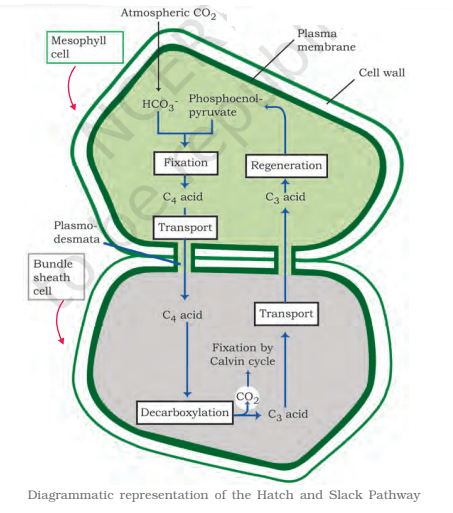
Significance of C4 Cycle:
The leaves of C4 plants require at least 5 ATP and 2 NADPH molecules to fix one molecule of CO2. So, this pathway requires a total of 30 ATP and 12 NADPH molecules to form one molecule of glucose (where 6CO2 are fixed).
The C4 Cycle is more efficient in using atmospheric CO2 (even when stomata are nearly closed). The C4 Cycle can do efficient photosynthesis at very low atmospheric CO2 concentrations (where C3 plants can’t). The C4 plants require far more light energy to fix CO2 as compared to C3 plants. C4 plants also maintain a high rate of photosynthesis under conditions of water shortage where C3 plants would stop the photosynthesis. Thus, the C4 plants are better adapted to tropical and desert areas where sunlight is more intense and the growing season is longer.
Q:- Even though very few cells in a C4 plant carry out the biosynthetic-Calvin pathway, yet they are highly productive, Can you discuss why?
Ans:- C4 plants are very productive because CO2 fixation in them occurs both in the mesophyll cells as well as in bundle sheath. These plants carry out the biosynthetic-Calvin pathway in the bundle sheath and a 3-carbon molecule is transported back to the mesophyll cells where it is converted to PEP again. The bundle sheath cells are rich in an enzyme Ribulose biphosphate carboxylase-oxygenase (RuBisCo) but lacks PEPase. In C3 plants, some O2 does bind to RuBisCo and so, CO2 fixation is decreased. In C4 plants, photorespiration does not occur. They have a mechanism that increases the concentration of CO2 at the enzyme site. This takes place when the C4 acid from the mesophyll is broken down in the bundle cells to release CO2 this results in increasing the intracellular concentration of CO2. This ensures that the RuBisCo functions as a carboxylase minimising the oxygenase activity. As C4 plants lack photorespiration, they have better productivity and yield.

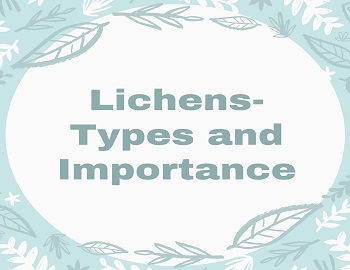
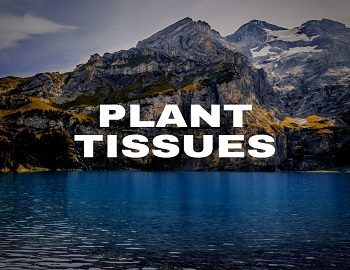

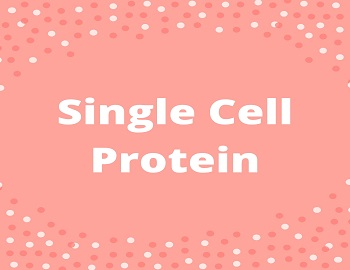


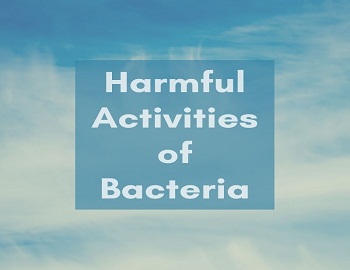

Comments (No)